As of this morning (May 27, local time), Typhoon Mawar is about 1,320 km from the central part of Luzon Island in the Philippines, with maximum winds near the center of the storm of 195 km/h, gusts of up to 240 km/h. The storm has strengthened to level 5, the strongest level on the international typhoon warning scale.
According to the forecast of the Philippine Atmospheric, Geophysical and Astronomical Services Administration (PAGAS), Typhoon Mawar will maintain its “super typhoon” status over the weekend and is not expected to continue to strengthen in the next 12 to 24 hours, before slowing down. Many areas of the Philippines are forecast to have heavy and very heavy rains; flash floods and landslides, including the Manila metropolitan area.
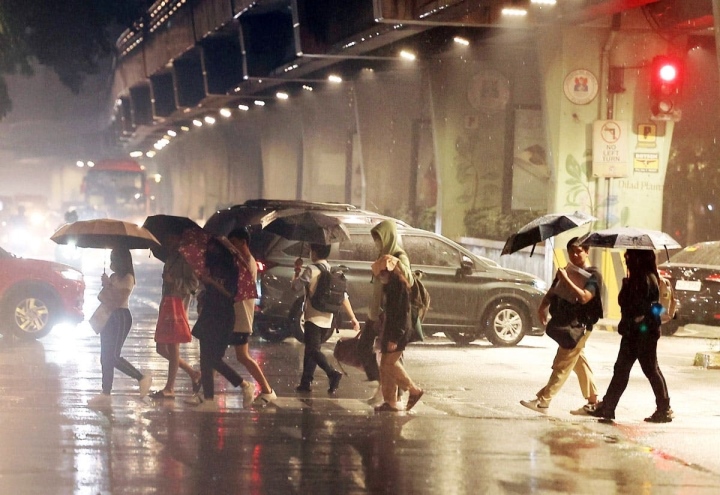
Heavy rains in Manila ahead of super typhoon landfall. (Photo: Philstar)
Since last night, due to the impact of the storm, some areas in the Philippines such as Catarman City in Northern Samar Province, Cotabato City in the Bangsamoro Region... have suffered heavy rains and flooding. Many houses were submerged in water, trees were knocked down; traffic in some areas was disrupted. Some flights to and from Manila, Cebu... as well as shipping routes have had to temporarily suspend operations. In Cagayan Province, local authorities asked families with solidly built houses and churches to be ready to turn them into evacuation centers for people affected by the storm.
Philippine President Ferdinand Marcos yesterday announced that the Philippine government is in close contact with local authorities, especially in Northern Luzon, to deal with the "super typhoon". The Philippine government has prepared relief goods worth nearly 2 billion pesos as well as water filtration equipment, generators, emergency communication systems, tents, etc.
Search and rescue units of the Philippine military are currently on standby, ready for humanitarian assistance and disaster relief operations. More than 7,900 military personnel have been mobilized as first responders; more than 2,500 vehicles, 20 aircraft, and 265 military vessels are ready to respond to natural disasters. The Philippine National Disaster Management Authority has also prepared vehicles and rescue teams.
The Philippine Ministry of Health has issued a series of recommendations for people to respond to the "super typhoon", including regularly checking and following the instructions of regional disaster early warning systems; reinforcing houses; being ready to evacuate to higher areas; preparing food, clothes, and essential items in case of emergency...
Before making landfall in the Philippines, "super typhoon" Mawar made landfall on the US territory of Guam, uprooting trees, blowing away cars and roofs. Nearly all 52,000 households and businesses on the island lost power. After making landfall in the Philippines, the storm is likely to affect Taiwan (China), South Korea and Japan.
Vo Giang (VOV-Jakarta)
Useful
Emotion
Creative
Unique
Source









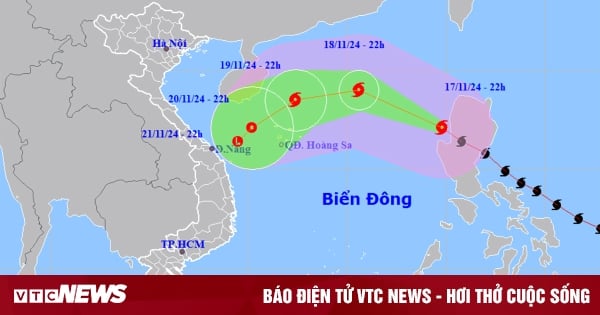
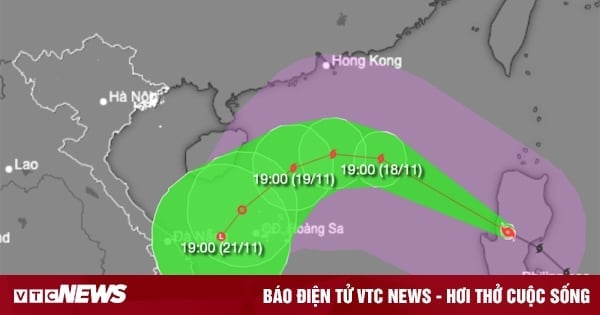

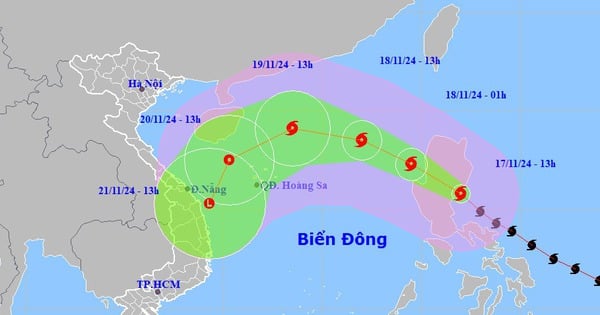







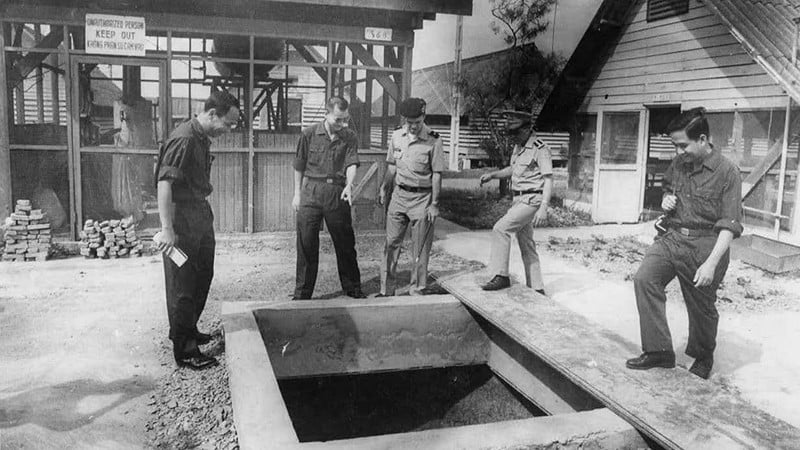
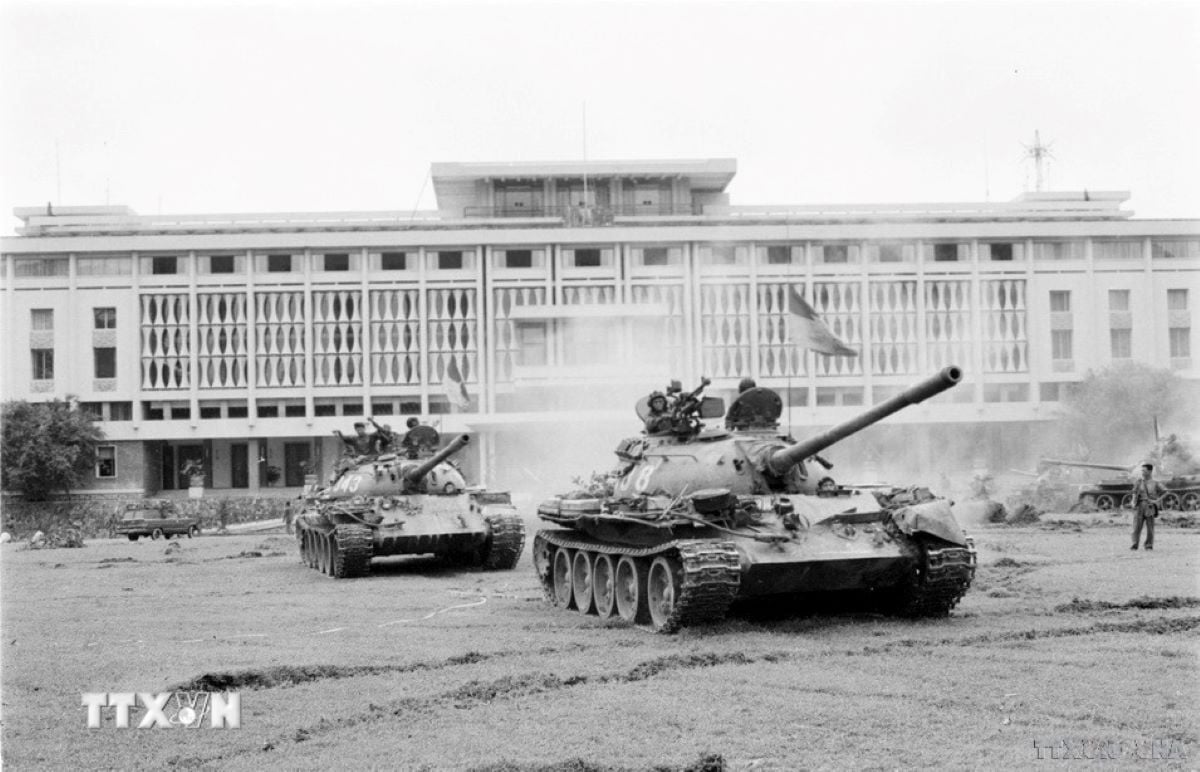








![[Photo] "Beauties" participate in the parade rehearsal at Bien Hoa airport](https://vstatic.vietnam.vn/vietnam/resource/IMAGE/2025/4/11/155502af3384431e918de0e2e585d13a)















































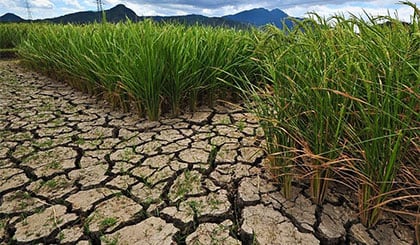



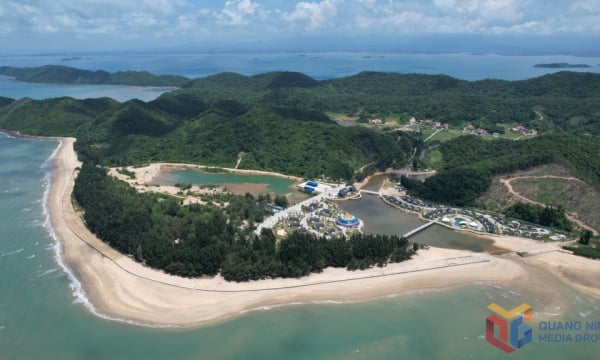













Comment (0)